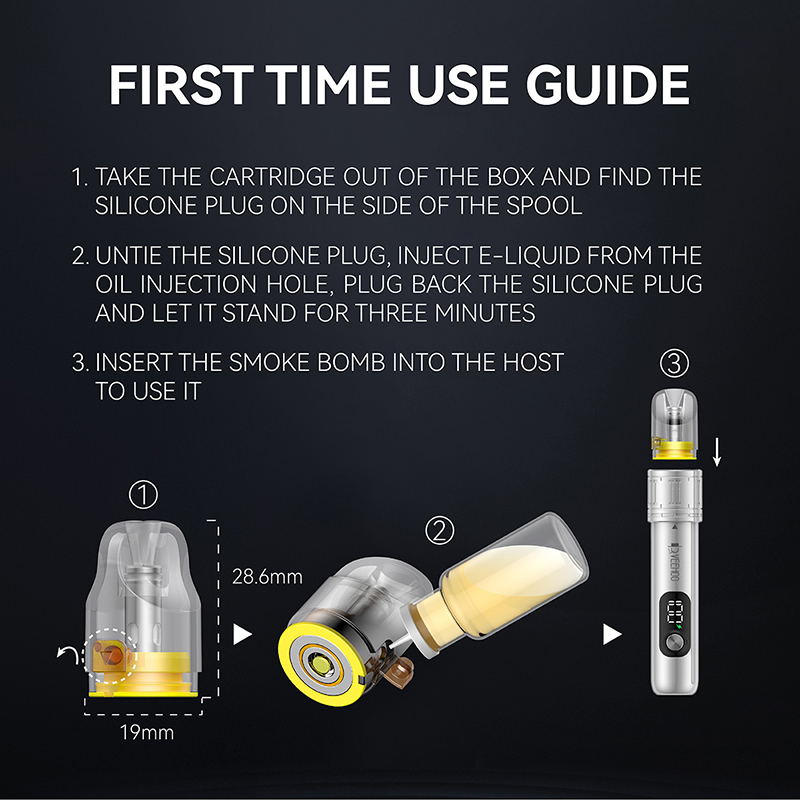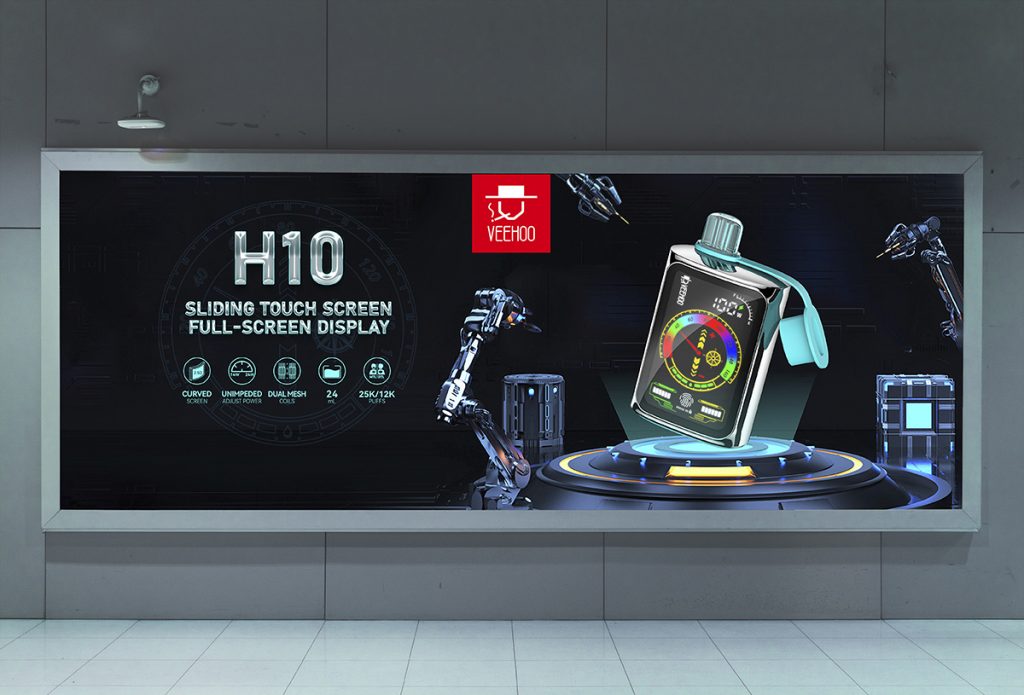In 2023, global tobacco giant Philip Morris International officially launched the heat-not-burn tobacco product (HTP) “IQOS” in the US market, and announced that it would occupy 10% of the US market by 2030. This move marks the acceleration of traditional tobacco companies’ transformation to new harm reduction products, and also has an impact on the e-cigarette industry. Faced with the strong entry of Philip Morris International, how can the Chinese e-cigarette brand VEEHOO gain a foothold in the United States, the world’s largest e-cigarette consumer market?
The entry of IQOS marks the entry of the new tobacco market in the United States into the era of “dual-track competition”. With its strong financial strength, mature retail channels and huge user base of traditional smokers, Philip Morris International poses a direct threat to e-cigarette brands. Data shows that IQOS has more than 25 million users worldwide. After its “heat-not-burn” technology has passed the FDA’s harm reduction certification, it is more likely to be favored by smokers who focus on health transformation.

But challenges contain opportunities. As a brand focusing on atomization technology, VEEHOO can strengthen three differentiated advantages: first, avoid direct confrontation with traditional tobacco giants in the “tobacco fundamentalism” track, and focus on the new generation of nicotine salt technology and flavor innovation; second, use the rapid iteration capabilities of the Chinese supply chain to establish technical barriers in equipment intelligence and portability; third, build cultural identity in response to the pursuit of “sense of technology” and “social attributes” by young American consumers.
Core technology innovation: Develop the third-generation ceramic atomization core technology to control the atomization particle size within 0.3 microns, improve nicotine transmission efficiency and reduce throat irritation. Through cooperation with American laboratories to carry out harm reduction research, strive to obtain the harm reduction statement in the PMTA (pre-market application for tobacco) certification.
Scenario-based product matrix: Launch segmented product lines for different usage scenarios. For example, the “S Series” for business people features zero-noise, zero-visible steam technology; the “T Series” for Generation Z is equipped with Bluetooth connection function, which can realize social sharing of flavors through APP; and the “Morning Boost” series is developed in conjunction with coffee brands, combining caffeine atomization with nicotine to create a new consumption scenario.

Sustainable Design: Launch environmentally friendly products with removable batteries and modular designs, and establish equipment recycling plans. Data shows that 68% of American consumers are willing to pay a premium for environmentally friendly products, which will become an important selling point that distinguishes them from IQOS disposable devices.
Cultural Breaking Circle Marketing: Drawing on Dyson’s technological aesthetics route, reshape e-cigarettes into “breathing technology products.” Sponsor electronic music festivals and extreme sports events, and jointly launch limited equipment with trendy artists to occupy the mental cognition of young groups.
Localized Community Operation: Establish the “VEEHOO Lab” user co-creation platform in the United States, and let consumers participate in product iteration through crowd testing activities. Data shows that the purchase conversion rate of users who participate in product design has increased by 40%, and the repurchase rate has increased by 2 times.

Compliance strategy upgrade: Invest in building a local compliance team in the United States and establish a systematic response mechanism for FDA’s PMTA and MRTP (modified risk tobacco products) certification. At the same time, lay out medical channels and explore the prescription e-cigarette market for nicotine replacement therapy (NRT).
Philip Morris International’s IQOS entry is both a challenge and a catalyst for industry upgrading. VEEHOO’s response is not to imitate the path of giants, but to use the agility of the original e-cigarette brand to transform technological breakthroughs, cultural innovation and compliance capabilities into core competitiveness. When the e-cigarette industry enters the “experience economy era” from the “war of substitutes”, whoever can first complete the transformation from hardware manufacturers to lifestyle operators will be able to take the lead in the market map in 2030.
Tags: nicotine bag, third-generation ceramic atomization core, heat-not-burn tobacco, veehoo vape